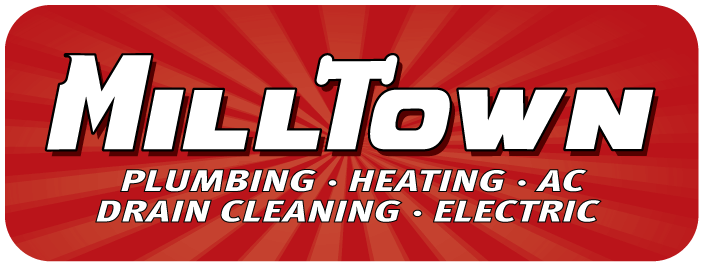7 Furnace Parts to Consider Before Heating Repair
- Heating

Heating repair should be your top priority at this time of year, especially with weather outdoors growing colder by the day. The fall and winter here in New England simply wouldn’t be enjoyable with a reliable source of heat in your home. If your furnace is currently experiencing issues preventing the whole family from staying warm, you need to get it fixed immediately. Unfortunately, some homeowners do not make the call at all because they do know anything about their furnace to detect problems. Most people will know what a furnace does. It warms the rooms of a home by sending heat through a system of floor, wall, and ceiling ducts. Basically, it offers heat to keep the entire family comfortable, and that’s good enough for many have a peek here. However, so few care to know what really makes the furnace work and that lack of knowledge may prove detrimental, especially when they find themselves in a situation where they need furnace repair. Even if they do make the effort to call for professional service, they may have a difficult time explaining where the problem is originating. When nearly half of a home’s energy budget goes toward home heating, you need to avoid becoming one of these homeowners and instead brush up on your knowledge of the furnace’s key areas.
Calling MillTown for Excellent Heating Service
MillTown is here to provide you with any high-quality heating repair that will ensure all of your heating worries are fixed right before the weather takes a turn for the worst. Our repairs are incredibly durable and long-lasting so you are guaranteed to not make another call for service any time soon. In addition to the repairs, our heating technicians can make sure you walk away with greater knowledge on your heating system. Knowledge on your furnace will guarantee two things—savings and safety. You will be able to determine what furnace parts may be giving you problems, so you will know how to avoid them in the future. Perhaps most importantly, you will also avoid safety hazards like home heating fires and carbon monoxide exposure. A malfunctioning furnace will risk leaking smoke and harmful gasses that will put your family’s well-being in danger. However, since we can provide you with knowledge on the X’s and Y’s of why it occurred, you will be able to take preventative measures in avoiding those dangers altogether, ensuring you stay at a better peace of mind throughout the season and save money on furnace maintenance.
The 7 Most Essential Parts of Your Furnace You Should Check Before a Heating Repair
While your furnace is comprised of several components, we would say these 7 are the most essential in the system’s operation:
- Thermostats: Your thermostat will help set a temperature in your home that will meet your unique heating needs. When the temperature is lower than the one you have set, the thermostat sends an electrical signal to the furnace’s burner to turn on.
- Pilot Light: While a pilot light is a feature of all furnaces, their operation will differ depending on fuel type. In a gas furnace, the pilot light is a small flame that is always burning a small amount of excess gas. However, an electric furnace will have a pilot light that will need to be lit by an electronic ignition once you turn on the furnace.
- Burner: In gas furnaces, the burner will be ignited by the pilot light while electric furnaces start with the electronic ignition. The burner creates heat inside a combustion chamber, which in turn creates heat in the heat exchanger. However, the air may not heat once the burner breaks. In some cases, this may meant that the air is taking a longer amount of time than usual to heat, while in other cases the air may not heat at all.
- Heat Exchanger: The heat exchanger is the heart and soul of your furnace, since it is mainly responsible for transferring heat to distribute throughout your home. It will take in air and heat it. The warm air from the exchanger is then pushed into a long tube or pipe.
- Blower Motor: The blower motor is responsible for pushing the warm air through the ductwork and out of the vents. Motors will vary in size. Larger motors can reach farther distances. This will help if you live in a larger home with more rooms to heat. Even more than one motor may be used in this situation.
- Furnace Belt: A furnace belt will help the blow motor send warm air throughout your home. However, if you are beginning to hear loud noises coming from the system, the belt should be one of the first components you check. It may need to be replaced in order to ensure quieter operation.
- Vents: After being pushed through the ducts, the warm air from the furnace will come out vents located around your home. However, you should make sure that these vents are kept clear of dust or else your indoor air quality will suffer, making any asthma or allergy sufferer in your home break out in fits of coughing.
Don’t Let Your Furnace Problems Get In The Way Of Your Comfort This Season – Schedule A Heating Repair Today
Contact MillTown today if you want to learn more about your furnace and have us provide you with high-quality heating repair!











